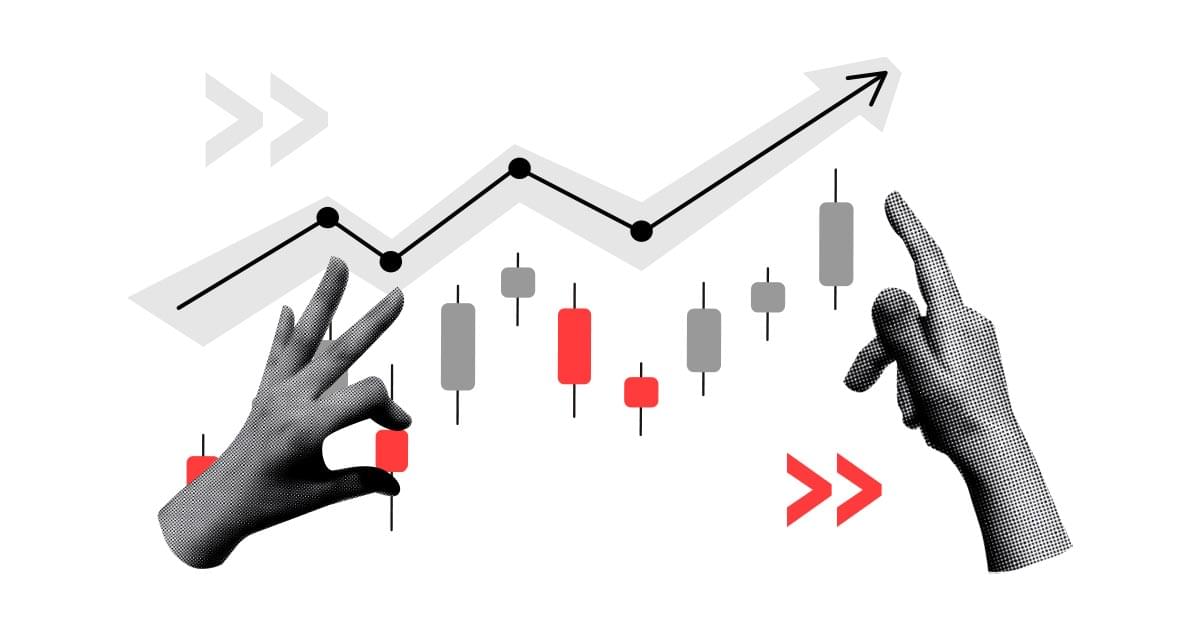The euro area's annual inflation rate was confirmed at 3.0 percent in August 2021, the highest since November 2011 and well above the European Central Bank's target of 2.0 percent.
Some policymakers view inflationary pressures as temporary, while others expressed concerns about faster-than-expected consumer price growth, mainly reflecting a low base in 2020 due to the crisis and global supply constraints. Much of the increase was in energy costs, which rose 15.4 percent in August after a 14.3 percent increase in July. Additional upward pressure appears to have come from services (1.1 percent versus 0.9 percent), non-energy industrial goods (2.6 percent versus 0.7 percent), and food (2.0 percent versus 1.6 percent). Annual core inflation, which excludes volatile energy, food, alcohol and tobacco prices, rose to 1.6 percent and is the highest since July 2012.
However, it appears that this is not the end of price increases in Europe and inflation could reach 3.5 percent or more in the Eurozone this winter. This, in turn, in the absence of action by the European Central Bank, may increase the negative real interest rates, which in turn may also push the savings of Europeans to the financial sector, including the stock markets. The German DAX index, which from September 20 will be responsible for indicating the listings of not 30, but 40 companies, seems to be gaining 0.2 percent this week, and since the beginning of the year has increased by almost 14 percent.
In contrast, US futures were lower on Friday as investors may want to remain cautious ahead of an expected FOMC meeting next week. At it, the Fed is expected to provide more details on the tapering schedule. Moreover, investor sentiment may be affected by concerns over slowing global growth, the spread of the delta virus, as well as China's gambling regulations and Evergrande's debt crisis. Despite mixed data from the economy, the major U.S. stock indexes appear to be holding on to gains throughout the week.
The U.S. dollar also seems to be stronger, and is trading in the region of 1.1760 against the euro. The forex market is also waiting for the FOMC decision and macroeconomic projections to find out if interest rate hikes are possible in 2023, when inflation is expected to decline along with economic growth. The dollar seemed to gain this week thanks to retail sales data, which is also influencing the market at the end of this week.
Daniel Kostecki, Chief Analyst Conotoxia Ltd.
Materials, analysis and opinions contained, referenced or provided herein are intended solely for informational and educational purposes. Personal opinion of the author does not represent and should not be constructed as a statement or an investment advice made by Conotoxia Ltd. All indiscriminate reliance on illustrative or informational materials may lead to losses. Past performance is not a reliable indicator of future results.
CFDs are complex instruments and come with a high risk of losing money rapidly due to leverage. 77.31% of retail investor accounts lose money when trading CFDs with this provider. You should consider whether you understand how CFDs work and whether you can afford to take the high risk of losing your money.


